Emmy Noether: The Woman Revolutionized Physics Yet Still Faced Sexism
“Pure mathematics is, in its way, the poetry of logical ideas.” These beautiful words of Albert Einstein were spoken in admiration of Emmy Noether. He publicly expressed his respect for her numerous times.
Physicists Leon M. Lederman and Christopher T. Hill even suggested that her theorem was possibly at the same level as the Pythagorean theorem.
Her work revolutionized the panorama of physics and math, earning her the title of the mother of modern algebra. Emmy Noether was a genius who surpassed many of her contemporaries but didn’t receive the recognition she deserved during her lifetime.
Despite her extraordinary intelligence and contributions, for many, Noether was simply a woman.
Emmy Noether was born into a family of mathematicians
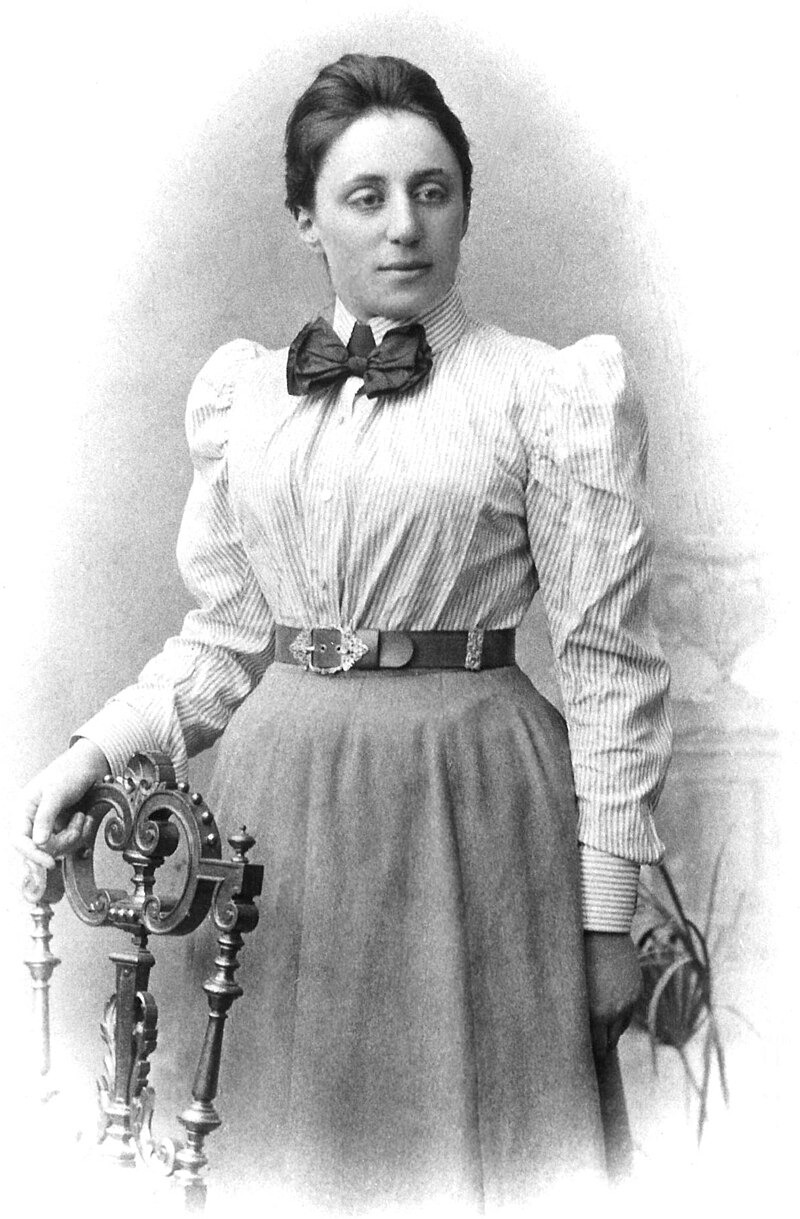
It wasn’t unusual for Emmy Noether to choose a life in mathematics at an early age. She hailed from a family of scientists who had been notable for at least three generations. Yet, none of them accomplished what she did.
Emmy Noether was born in Bavaria, Germany, on March 23, 1882. She was the oldest of four siblings, with three younger brothers.
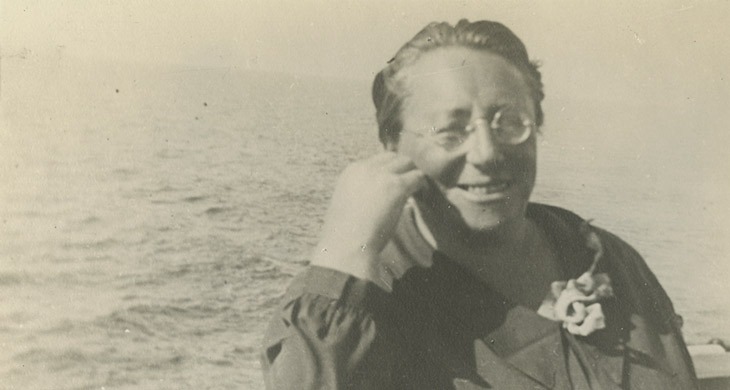
Her father, Max Noether, was a mathematician and professor who had suffered from polio at the age of 14. Though he mostly recovered, he always had trouble with one of his legs.
Despite his own challenges, Max Noether firmly believed in equality for women, a progressive stance for his time.
Emmy’s mother, Amalia Kaufmann, came from a family of prosperous merchants and shared her husband’s forward-thinking mindset. Together, they fostered an environment that encouraged intellectual growth and equality.
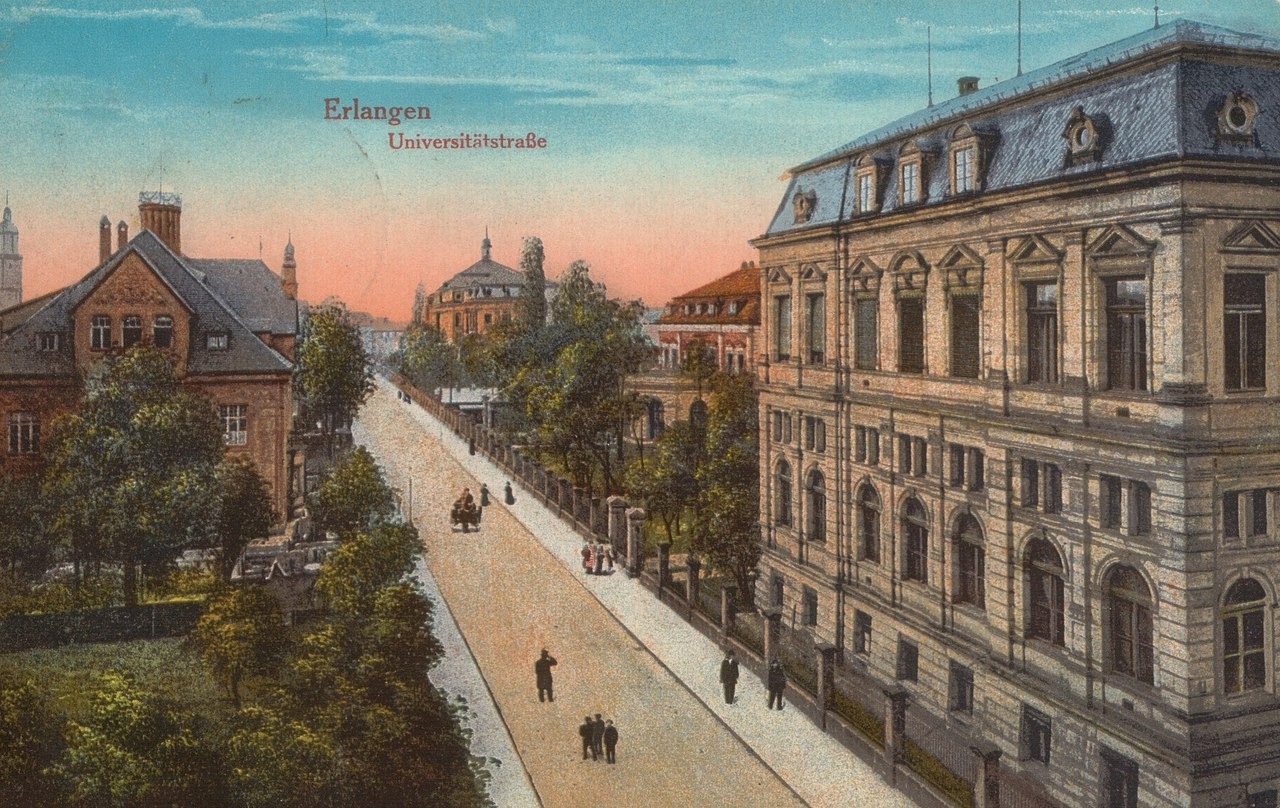
Emmy Noether was nearsighted and had a speech impediment similar to a lisp, yet she showed remarkable intelligence from a young age.
With this fertile background, it wasn’t obvious that Emmy Noether could pursue a career in mathematics. At that time, German universities rarely accepted female students, and societal norms strongly opposed women in higher education.

Emmy had to beg the faculty at the University of Erlangen to allow her to audit math courses. She could only attend classes as an observer and needed written permission from her teachers.
Remarkably, her talent shone through, and she excelled in her exams. Then, the university granted her a degree and permitted her to pursue graduate studies.
No university would offer her a permanent faculty position
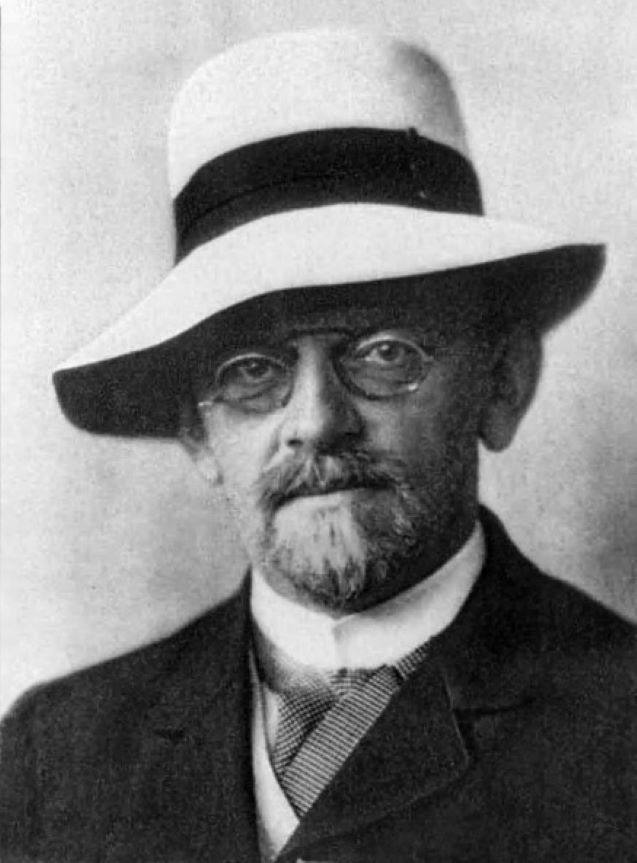
In 1908, Noether began teaching at the Institute of Mathematics at the University of Erlangen, though she could not receive a salary initially. Thanks to her father’s support, she stayed there until 1915.
That year, renowned mathematician David Hilbert invited her to teach at the University of Göttingen.
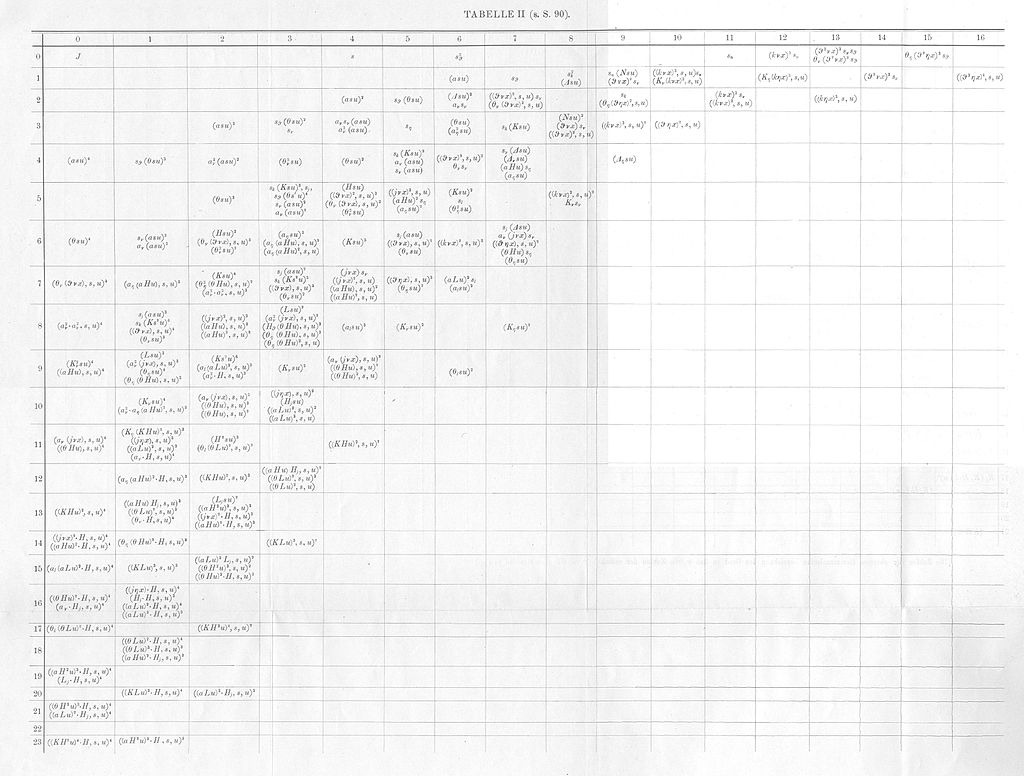
However, other professors opposed the idea, arguing, “What will our soldiers think when they return to university and find themselves asked to learn at the feet of a woman?”
Hilbert defended her, stating, “I don’t see why the sex of a candidate can be an argument against her admission as a professor. After all, we’re a university, not a bathroom.”
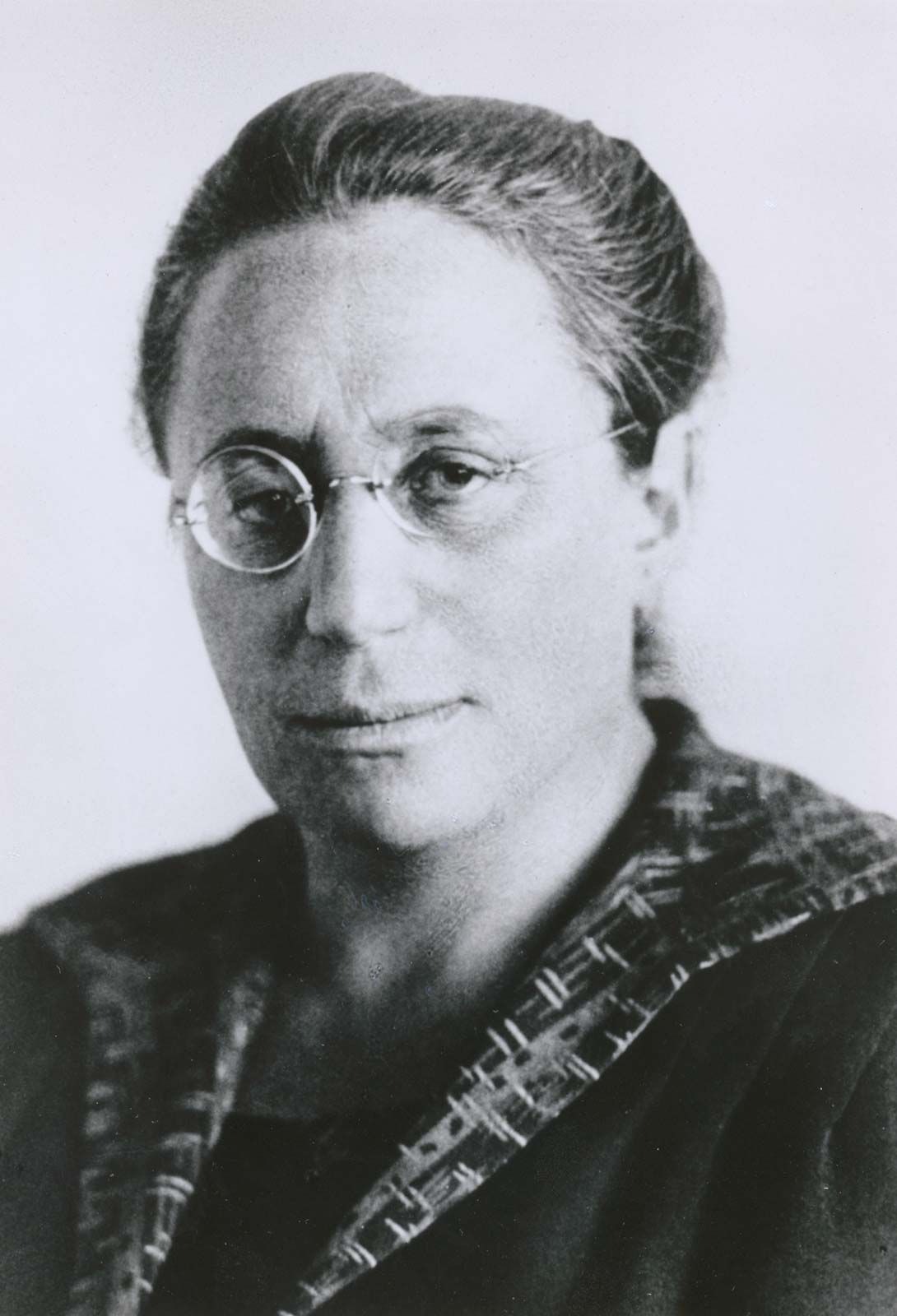
She was only able to secure a full-time position in 1919 after years of unpaid guest lectures and often had her work credited under Hilbert’s name.
Noether’s theorem: How symmetry explains our world
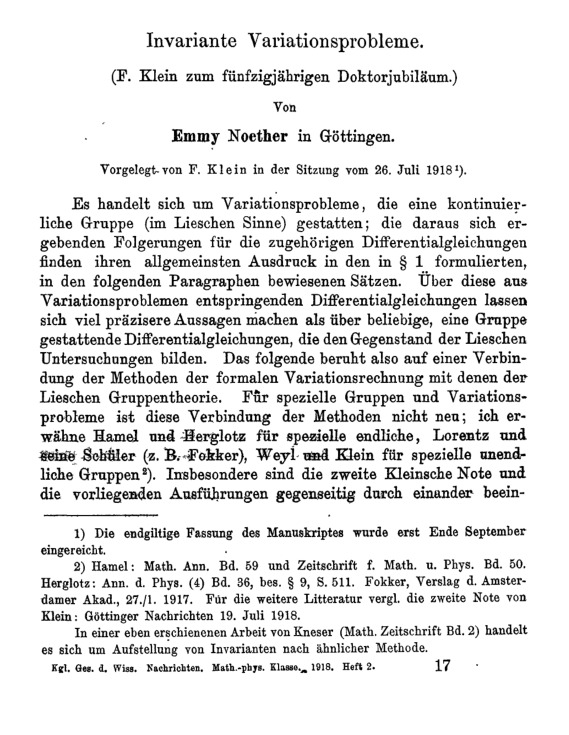
Her work, particularly in abstract algebra, was groundbreaking. Instead of focusing on actual numbers and polynomials, she delved into abstract structures like rings and groups, significantly influencing the field of abstract algebra.
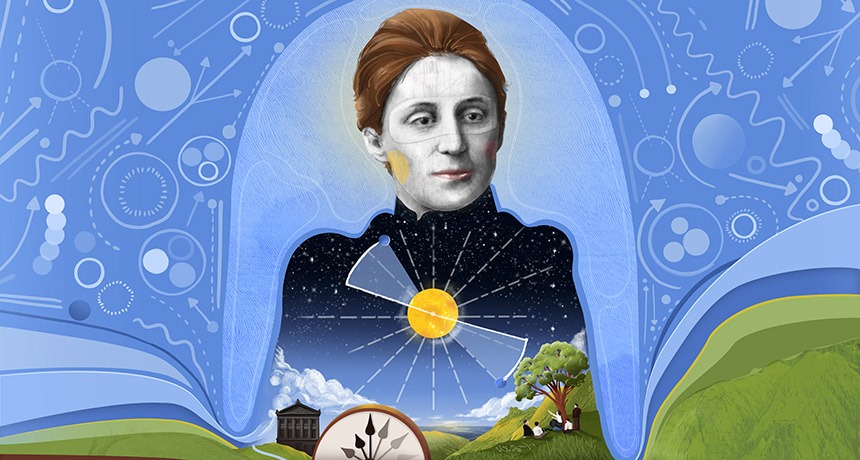
Noether’s most consequential work, however, came in the field of physics. In 1915, after Einstein published his general theory of relativity, Hilbert asked Noether to apply her work on algebraic invariants to Einstein’s equations.
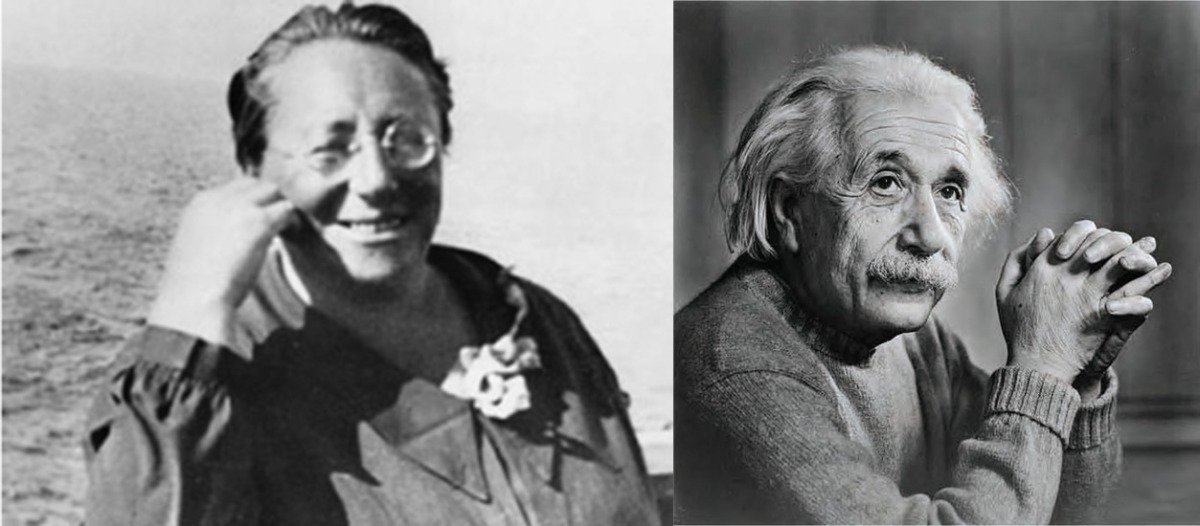
This collaboration led Noether to a groundbreaking discovery: Noether’s Theorem, which elegantly connects symmetries in physical systems to conservation laws. This theorem is celebrated as one of the most beautiful and profound in physics.
Mathematician Hermann Weyl, a contemporary of Noether, described symmetry simply: “A thing is symmetrical if there is something you can do to it so that after you have finished doing it, it looks the same as before.”
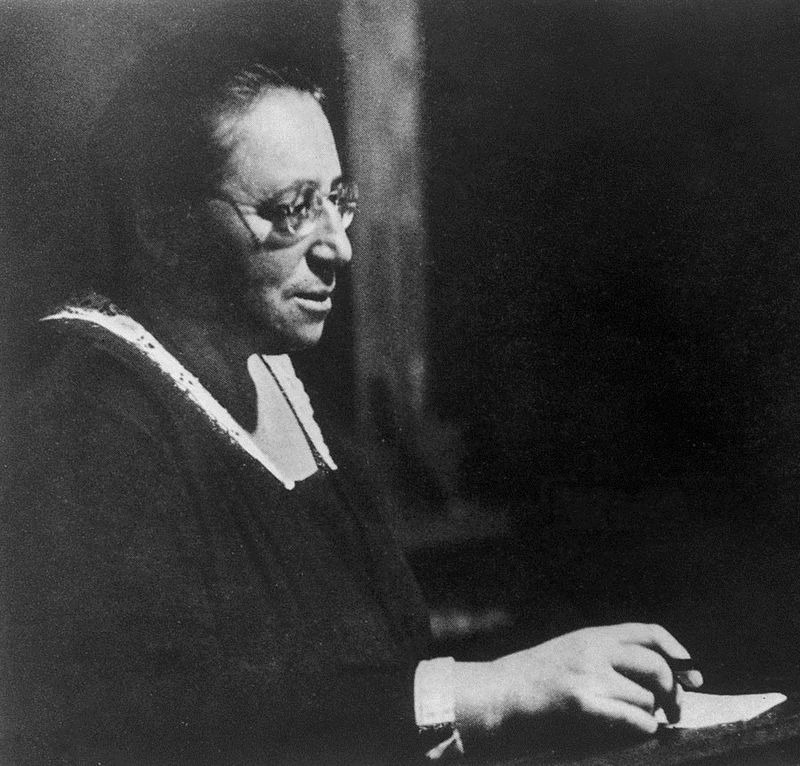
Noether’s central insight was that every observable symmetry is connected with a mathematical conservation law.
For example, translational symmetry relates to the conservation of momentum, rotational symmetry to angular momentum, and temporal symmetry to the conservation of energy.
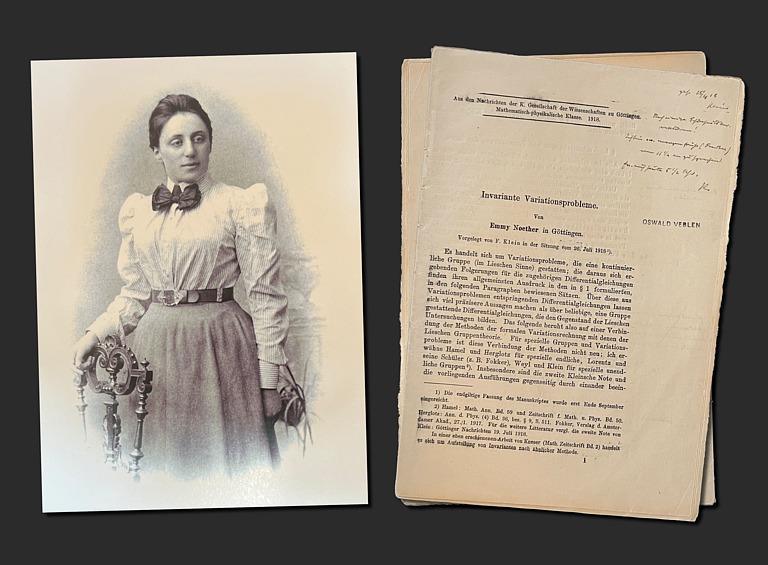
Noether’s theorem provided a practical framework for making progress in physics. Identifying a symmetry in the world’s workings allows physicists to deduce the associated conservation law, facilitating meaningful calculations.
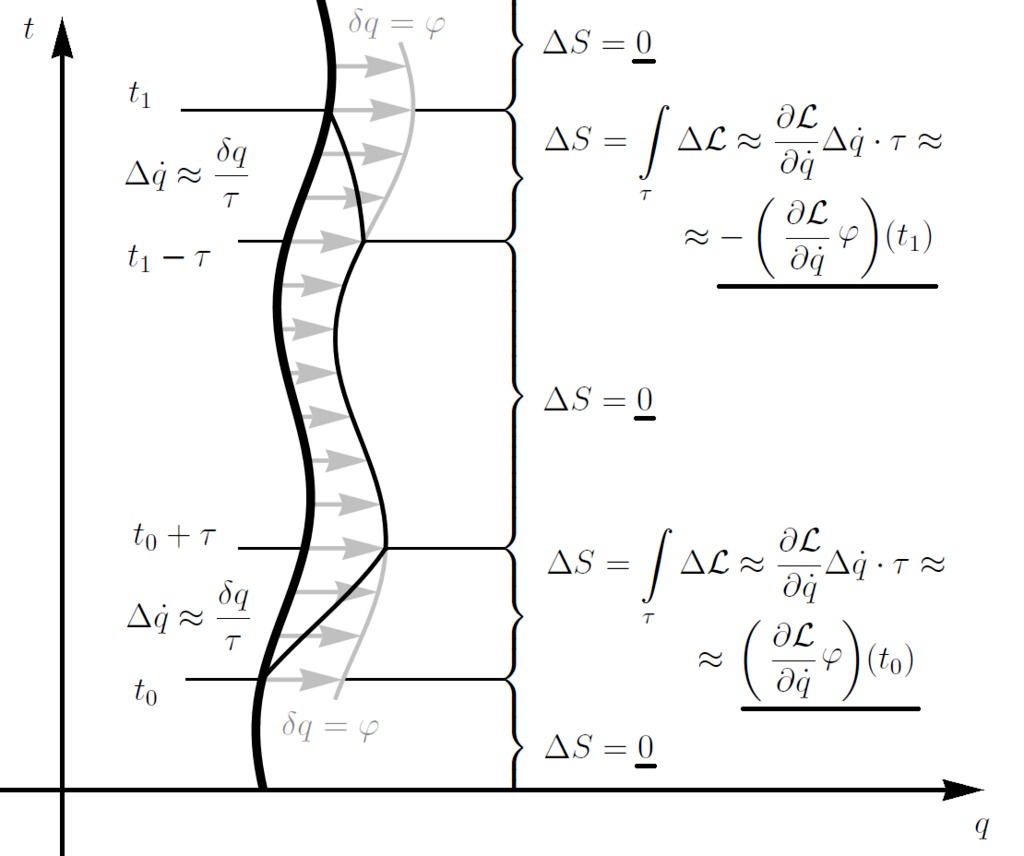
This principle underpins much of modern physics, including the search for symmetries in quantum fields and the development of the standard model of particle physics.
Like those in the early universe, broken symmetries help explain fundamental phenomena, such as why matter predominates over antimatter or the distinct strengths of electromagnetic and weak nuclear forces due to the Higgs boson.
Noether fled Germany after the Nazis seized power
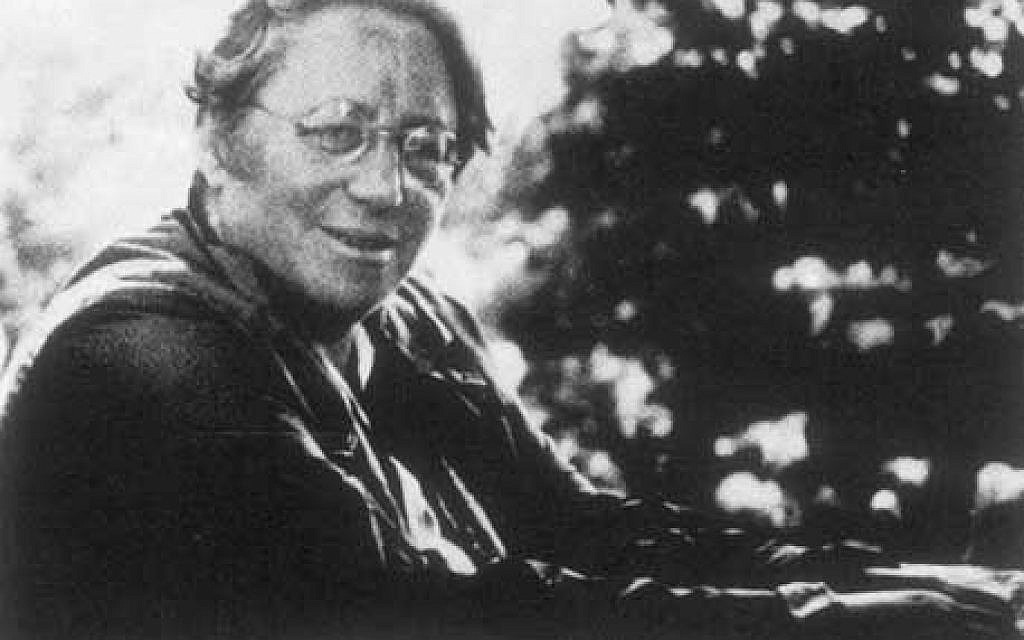
Emmy Noether continued her groundbreaking work in abstract algebra and topology throughout the 1920s and 1930s.
However, as a Jewish academic and a woman, Noether faced severe persecution when the Nazis came to power in 1933. She was stripped of her right to teach at the University of Göttingen.
She was forced to leave Germany and taught at Bryn Mawr College in Pennsylvania, US. Tragically, her life was cut short when she died at the age of 53 of complications from cancer surgery just two years later.
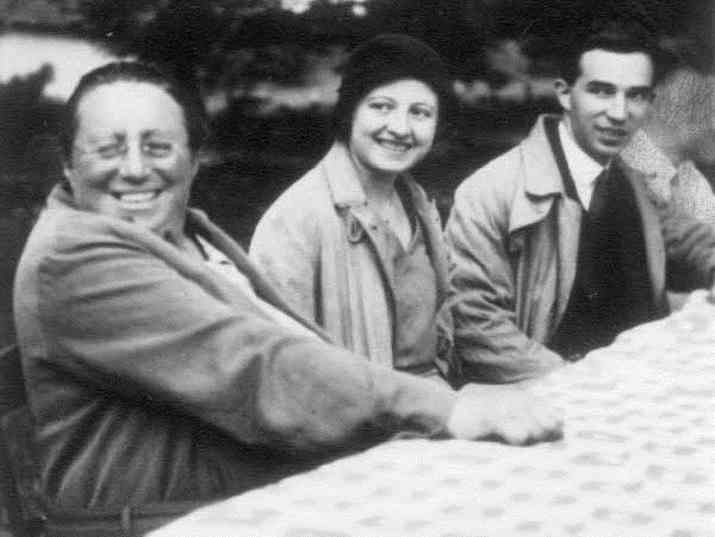
Reflecting on her legacy, Albert Einstein wrote in The New York Times, “Fräulein Noether was the most significant creative mathematical genius thus far produced since the higher education of women began.”
Noether’s seminal work continues to be celebrated, though perhaps not as widely as it should be.
As physicist David Goldberg noted in 2012: “Surprisingly few could say exactly who she was or why she was important.”
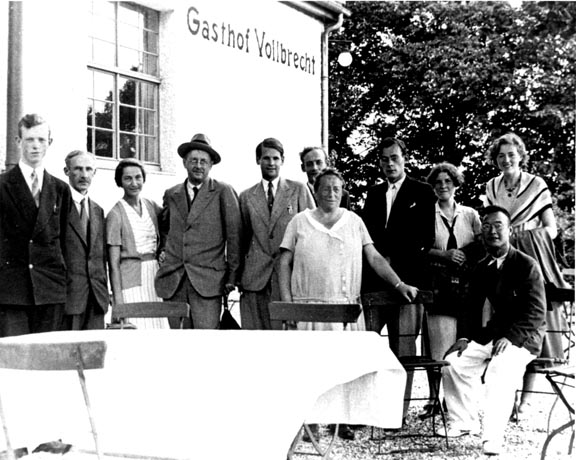
It’s high time that the world acknowledges the profound impact of Emmy Noether’s work on modern mathematics and physics to ensure her legacy endures for generations.

